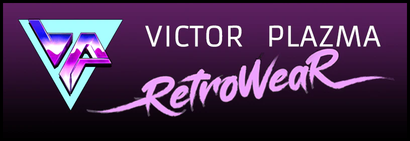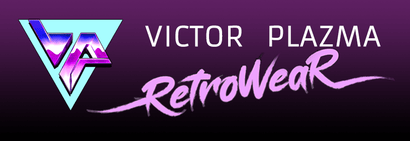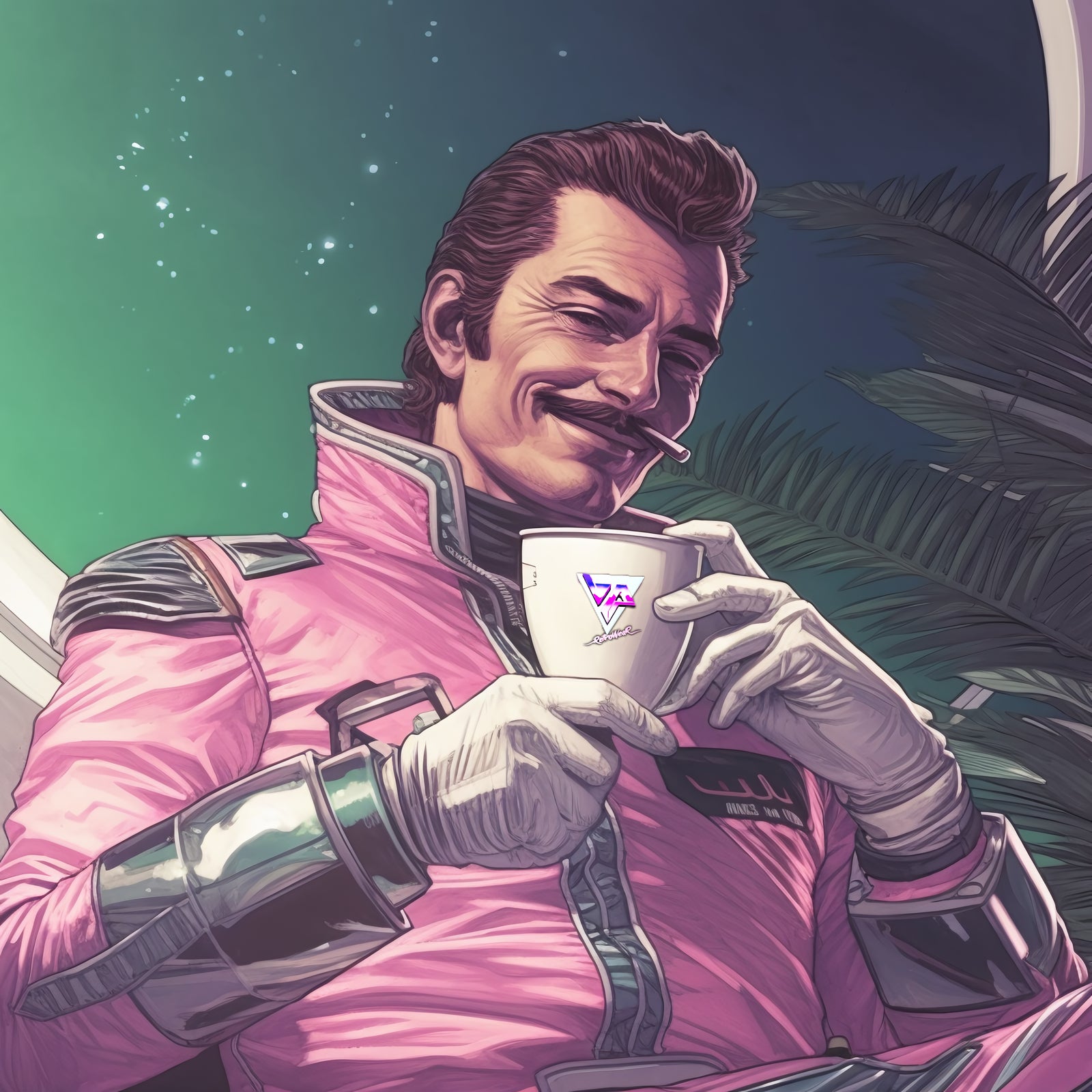Your Cart is Empty

What is Synthwave? A Look at the 80s Musical Inspiration (PART II)
October 02, 2018 3 min read
What Are the Different Styles of Synthwave Music?
Even as recently as 2014, the question about synthwave subgenres and styles was an easy one to answer. However, since 2015, the genre has seen an enormous influx of creators with different influences and backgrounds. Synthwave is rapidly evolving and shifting at the edges, closing the distance between numerous other genres. In early 2018, the borders of synthwave and the closely related darksynth genre blend into chiptune, ambient, vaporwave, alt rock, dubstep, drum and bass, aggrotech, and many other styles of music, including some metal subgenres.
As synthwave continues to spill over into neighboring music styles and the term is increasingly applied to songwriting that bears no relation to the original genre, the identity and spirit of synthwave music becomes obscured and more difficult to understand. For this reason, it’s useful to touch on differences between the various styles of synthwave music and establish some demarcation lines. This is done with the intent of increasing clarity, recognition, and most importantly, appreciation of the music and the artists. Because this next section goes into detail about differences in music styles, it’s helpful to be familiar with the importance of music genres before moving on.
Synthwave / Retrowave
The terms “synthwave” and “retrowave” are the modern names for the main genre, and they are used broadly when talking about the music. The two terms are roughly equivalent, though there’s a useful distinction between them: “synthwave” refers specifically to the music, while “retrowave” is an all-encompassing term that also applies to artwork, clothing, videos, and other media that embody ‘80s nostalgia and ‘80s retrofuturism.
Outrun / Outrun Electro

In the formative days of synthwave, “outrun” and “outrun electro” were the most common names for the genre, with “synthwave” and “retrowave” overtaking them in popularity roughly around 2014. As the genre continues to expand, “outrun” remains a useful term for describing the specific music style established by the earliest synthwave releases.
Notably, the driving themes and visual aesthetic of early synthwave echoes the 1986 arcade racing game, Out Run, which puts players behind the wheel of a virtual Ferrari Testarossa as they speed through mountain passes and alongside sunny, palm-tree-packed beaches. This influence is frequently reflected in artist, album, and song titles, as with The Outrunners, who released their Running for Love and Money EP in 2010, and Kavinsky, whose 2013 full-length album is simply named OutRun.
Darksynth

Although it was difficult to perceive at the time, the seeds for a second, closely related style of synthwave music were planted with the earliest outrun releases. This music would come to be known as dark synthwave, or simply darksynth. In contrast to Miami Nights 1984’s vision of sunny oceanside drives and Mitch Murder’s afternoons in video arcades, darksynth’s embrace of ‘80s retrofuturism turned toward B horror movies, comic books, and pulp science fiction for its identity, often incorporating music elements from metal and industrial genres.
Retro Electro

Another common name for the synthwave genre in its early years was “retro electro.” Although this term has sometimes been used broadly, it actually refers to a specific style of music and is relevant as a subgenre descriptor in the same way as outrun. The confusion over the term is not surprising, as “electro” is one of the most badly abused and misunderstood terms in Western music. Electro’s original and most iconic sound is a form of hip-hop, and in the most basic sense, blends funk and synthpop with turntablism. It was developed in the early ‘80s on seminal releases like Afrikaa Bombataa and Soul Sonic Force’s 1982 album Planet Rock, Hashim’s 1983 Al-Naafyish, and Herbie Hancock’s Future Shock, also from 1983. Hancock’s “Rockit” is the most famous example of the original electro sound.
More to follow in the closing article, so stay tuned for Part III!
Credit: Iron Skullet | Synthwave
Cover Art: Mitch Murder, After Hours (2009)
Leave a comment
Comments will be approved before showing up.
Subscribe
Sign up to get the latest on sales, new releases and more …
CLAIM YOUR FREE SHIPPING!
- SIMPLY FILL YOUR RETRO CART
- REACH $120
- PROFIT!



